Growing Collard Greens at Home doesn’t have to be a daunting task! Imagine stepping outside your back door and harvesting fresh, vibrant greens for a delicious and nutritious meal. Forget those limp, pre-packaged greens from the grocery store – with a few simple tricks, you can cultivate your own thriving collard patch right in your backyard, balcony, or even on a sunny windowsill.
Collard greens boast a rich history, deeply rooted in Southern American cuisine and African heritage. They were brought to the Americas by enslaved Africans and quickly became a staple, symbolizing resilience, resourcefulness, and community. Beyond their cultural significance, collard greens are nutritional powerhouses, packed with vitamins, minerals, and antioxidants.
But why should you bother with growing collard greens at home? Well, for starters, you’ll have access to the freshest, most flavorful greens imaginable. Plus, you’ll know exactly what’s going into your food – no harmful pesticides or herbicides! I’m going to share some easy DIY tricks and hacks that will help you succeed, even if you’re a complete beginner. From choosing the right soil to warding off pests naturally, I’ll guide you through every step of the process. Get ready to enjoy the satisfaction of harvesting your own homegrown goodness and discover the joy of growing collard greens at home!
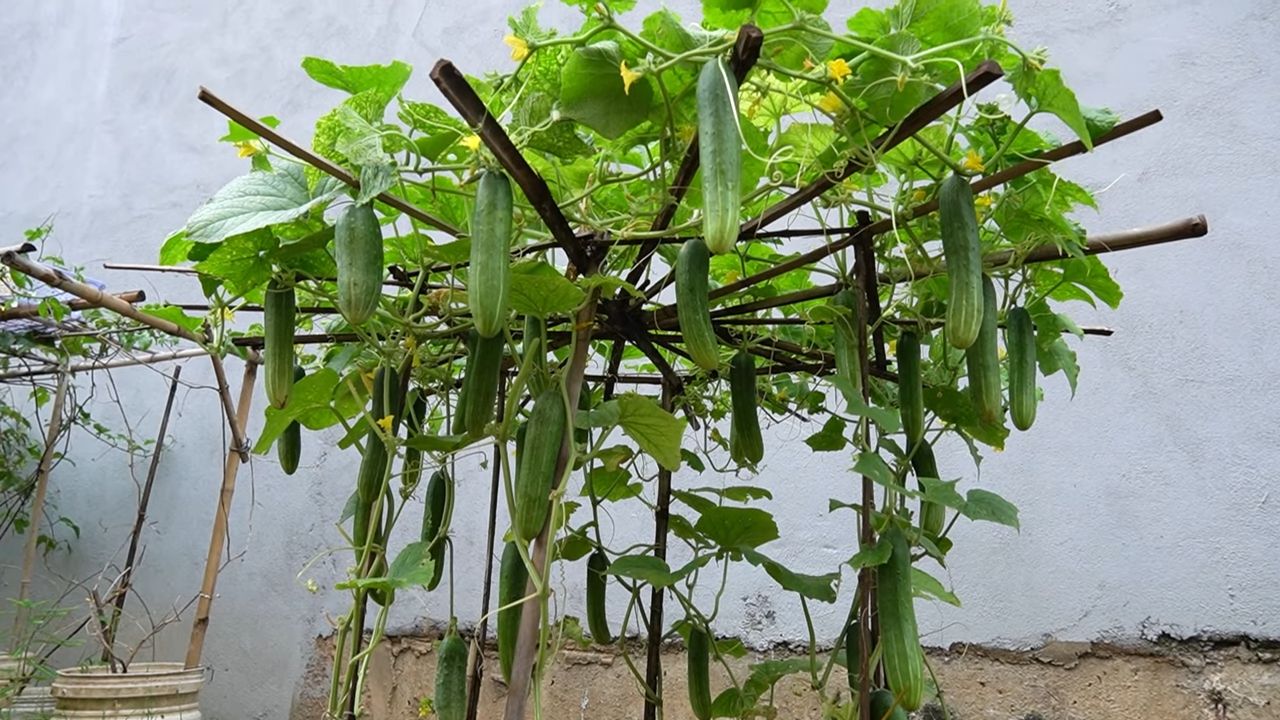
Delicious Collard Greens You Can Grow Yourself: Your DIY Guide
I love collard greens! This hearty, nutritious vegetable is a staple of Southern cuisine and is surprisingly easy to grow at home. Whether you have a large garden or just a small balcony, with this guide, I’ll show you how to successfully grow your own collard greens. Let’s get started!
The Basics: What You Need
Before we get started, let’s make sure you have everything you need. Here is a list of the essentials:
- Collard Greens Seeds: Choose a variety that you like! There are many different types, each with its own flavor and characteristics. Some popular varieties include ‘Georgia Southern’, ‘Vates’, and ‘Champion’.
- Good Soil: Collard greens thrive in rich, well-draining soil. You can either use garden soil or buy a special vegetable mix.
- Fertilizer: Collard greens are hungry plants, so a good fertilizer is essential. I recommend a balanced fertilizer with an NPK ratio of 10-10-10 or 14-14-14.
- Containers (optional): If you want to grow collard greens in pots, you will need containers that are large enough and have drainage holes.
- Watering can or hose: To water your plants regularly.
- Garden tools: A shovel, a rake, and possibly a small spade.
- Mulch (optional): Mulch helps to retain moisture and suppress weeds.
Step-by-Step Guide: Planting Collard Greens
Now that we have everything, we can start planting! Here is a detailed guide:
- Choose the right time: Collard greens are a cool-season vegetable that is best grown in the spring or fall. In most regions, you can plant them 2-4 weeks before the last expected frost in spring or 6-8 weeks before the first expected frost in fall. I personally prefer fall planting, as the plants suffer from fewer pests then.
- Prepare the soil: Collard greens prefer a sunny location with at least 6 hours of direct sunlight per day. Prepare the soil by loosening it with a rake and removing stones or weeds. Then, work in compost or well-rotted manure to improve soil fertility. If you are growing in pots, fill the containers with the vegetable mix.
- Sow the seeds: There are two ways to sow collard greens: directly into the soil or in seed trays.
- Direct sowing: Sow the seeds about 1 cm (0.4 inches) deep and 5-7 cm (2-3 inches) apart. Cover them lightly with soil and water gently.
- Starting in trays: Sow the seeds in seed trays with seed-starting mix. Keep the soil moist and place the trays in a warm, bright place. Once the seedlings are 5-7 cm (2-3 inches) tall, you can transplant them into the garden or into pots.
- Thin the seedlings: Once the seedlings have a few leaves, thin them out so that the plants are about 30-45 cm (12-18 inches) apart. This gives them enough space to grow. By the way, you can use the thinned seedlings in salads!
- Water regularly: Collard greens need regular watering, especially during dry periods. Water the plants deeply so that the soil is evenly moist. Avoid wetting the leaves, as this can encourage fungal diseases.
- Fertilize: Fertilize the plants every 4-6 weeks with a balanced fertilizer. Follow the instructions on the packaging.
- Mulch (optional): Apply a layer of mulch around the plants to retain moisture and suppress weeds. Straw, wood chips, or grass clippings are good choices for mulch.
Protection Against Pests and Diseases
Collard greens can be susceptible to various pests and diseases. Here are some common problems and how you can combat them:
- Cabbage White Butterflies: These butterflies lay their eggs on the leaves, and the caterpillars eat the leaves. You can pick them off by hand or use an insecticide based on Bacillus thuringiensis (Bt).
- Flea Beetles: These small beetles eat holes in the leaves. You can control them with a pyrethrum-based insecticide or cover the plants with a row cover.
- Aphids: These small insects suck the sap from the leaves. You can spray them off with a strong jet of water or use a neem oil-based insecticide.
- Fungal Diseases: Collard greens can be susceptible to fungal diseases like powdery mildew and leaf spot. To prevent fungal diseases, ensure good air circulation around the plants and avoid wetting the leaves. If you notice signs of a fungal disease, treat the plants with a fungicide.
The Harvest: When and How
Collard greens can be harvested as soon as the leaves are large enough to eat. This is usually about 70-80 days after planting.
- Harvest the lower leaves: Start by harvesting the lower leaves, as they are the oldest. Cut the leaves off with a sharp knife or scissors.
- Let the plant continue to grow: Leave the upper leaves on the plant so it can continue to grow. You can harvest the plant multiple times as long as it remains healthy.
- After the harvest: Wash the harvested leaves thoroughly and store them in the refrigerator. They will keep for about a week.
Additional Tips for Success
Here are a few more tips to help you successfully grow collard greens:
- Test the soil: Before you start planting, you should test the soil to ensure it has the correct pH level. Collard greens prefer a pH between 6.0 and 6.8.
- Crop rotation: To prevent diseases and pests, you should not plant collard greens in the same spot every year. Rotate the growing area with other types of vegetables.
- Companion planting: Some plants can promote the growth of collard greens. Good companion plants include marigolds, garlic, and onions.
- Choose hardy varieties: If you live in a region with cold winters, choose hardy varieties that can survive the frost.
- Regular inspection: Check your plants regularly for pests and diseases. The earlier you spot a problem, the easier it is to fix.
Growing Collard Greens in Pots: An Alternative for Small Spaces
If you don’t have a garden, you can also easily grow collard greens in pots. Here are some tips for growing in containers:
Water and fertilize regularly: Collard greens in pots dry out faster than in the garden, so you need to water them regularly. Also, fertilize them regularly with a liquid fertilizer.
Choose the right pots: Use pots with a diameter of at least 30 cm (12 inches). Make sure the pots have drainage holes so that water can run off.
Use high-quality soil: Use a high-quality vegetable mix that is well-draining.
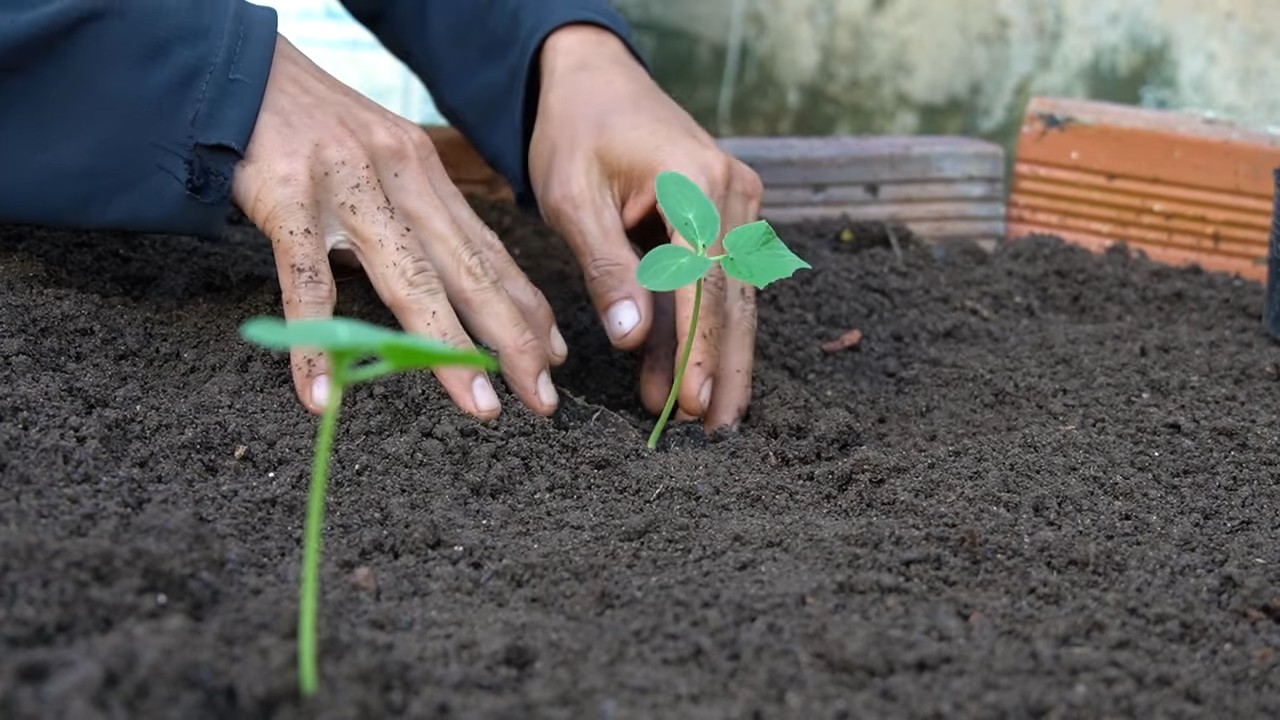
Conclusion
So, there you have it! Growing collard greens at home is not only achievable, but it’s also a deeply rewarding experience. From the vibrant green leaves gracing your garden to the delicious, nutrient-packed meals you’ll create, the benefits are undeniable. We’ve walked you through the entire process, from selecting the right seeds and preparing your soil to nurturing your plants and harvesting your bounty.
But why is this DIY trick a must-try? Beyond the satisfaction of growing your own food, consider the advantages of fresh, organic produce right at your fingertips. No more trips to the grocery store for wilted, overpriced greens. You’ll have access to the freshest, most flavorful collard greens imaginable, free from harmful pesticides and chemicals. Plus, you’ll be contributing to a more sustainable lifestyle by reducing your carbon footprint and supporting local food production, even if it’s just your own backyard!
And the possibilities don’t stop there. Feel free to experiment with different varieties of collard greens to find your favorite flavor profile. Try adding companion plants like marigolds or nasturtiums to deter pests and attract beneficial insects. You can even explore different cooking methods to showcase the versatility of your homegrown harvest. From classic Southern-style braised collards to vibrant salads and smoothies, the culinary options are endless.
Don’t be intimidated by the prospect of gardening. Growing collard greens at home is a surprisingly simple and straightforward process, even for beginners. With a little patience, dedication, and the guidance provided in this article, you’ll be well on your way to enjoying a bountiful harvest of delicious, healthy greens.
We wholeheartedly encourage you to give this DIY project a try. Embrace the opportunity to connect with nature, cultivate your own food, and experience the joy of growing collard greens at home. And most importantly, we want to hear about your experiences! Share your successes, your challenges, and your favorite recipes in the comments below. Let’s create a community of home gardeners who are passionate about growing their own food and sharing their knowledge with others. Your insights could inspire someone else to embark on their own gardening journey. So, grab your seeds, get your hands dirty, and let’s start growing!
Frequently Asked Questions (FAQ)
What is the best time of year to plant collard greens?
The ideal time to plant collard greens depends on your climate. In warmer regions with mild winters, you can plant them in the fall for a winter harvest or in early spring for a spring harvest. In colder regions with harsh winters, it’s best to plant them in the spring after the last frost. You can also start seeds indoors 6-8 weeks before the last frost and transplant them outdoors once the weather warms up. Consider your local climate and growing season to determine the optimal planting time for your area.
How much sunlight do collard greens need?
Collard greens thrive in full sun, which means they need at least 6-8 hours of direct sunlight per day. If you live in a particularly hot climate, some afternoon shade can be beneficial to prevent the leaves from scorching. However, insufficient sunlight can result in leggy plants with poor leaf production. Choose a planting location that receives ample sunlight throughout the day.
What type of soil is best for growing collard greens?
Collard greens prefer well-drained, fertile soil that is rich in organic matter. The ideal soil pH is between 6.0 and 7.5. Before planting, amend your soil with compost, aged manure, or other organic materials to improve its fertility and drainage. You can also conduct a soil test to determine if your soil is lacking any essential nutrients and amend it accordingly.
How often should I water my collard greens?
Collard greens need consistent moisture to thrive. Water them deeply whenever the top inch of soil feels dry to the touch. Avoid overwatering, as this can lead to root rot. During hot, dry weather, you may need to water them more frequently. Mulching around the plants can help retain moisture in the soil and reduce the need for frequent watering.
What are some common pests and diseases that affect collard greens?
Collard greens are susceptible to a variety of pests and diseases, including aphids, cabbage worms, flea beetles, and downy mildew. Regularly inspect your plants for signs of infestation or disease. You can control pests by handpicking them off the plants, using insecticidal soap, or introducing beneficial insects like ladybugs. Prevent diseases by ensuring good air circulation, avoiding overhead watering, and practicing crop rotation.
How do I harvest collard greens?
You can begin harvesting collard greens once the leaves are large enough to eat, typically when they are about 8-10 inches long. Harvest the outer leaves first, leaving the inner leaves to continue growing. This will allow you to harvest from the same plant multiple times throughout the growing season. Simply cut the leaves off at the base of the stem with a sharp knife or scissors.
Can I grow collard greens in containers?
Yes, you can successfully grow collard greens in containers, provided that you choose a large enough container (at least 12 inches in diameter) and use a well-draining potting mix. Container-grown collard greens may require more frequent watering and fertilization than those grown in the ground. Be sure to place the container in a location that receives plenty of sunlight.
How do I store harvested collard greens?
To store harvested collard greens, wash them thoroughly and pat them dry. Wrap them loosely in a damp paper towel and store them in a plastic bag in the refrigerator. They will typically last for about 3-5 days. You can also freeze collard greens for longer storage. To freeze them, blanch them in boiling water for 2-3 minutes, then plunge them into ice water to stop the cooking process. Drain them well and pack them into freezer bags or containers.
What are some ways to cook collard greens?
Collard greens are incredibly versatile and can be cooked in a variety of ways. They are commonly braised with ham hocks or bacon for a classic Southern-style dish. They can also be steamed, sautéed, or added to soups and stews. Young, tender collard greens can even be eaten raw in salads. Experiment with different recipes and cooking methods to find your favorite way to enjoy this nutritious vegetable.
Are collard greens healthy?
Absolutely! Collard greens are packed with vitamins, minerals, and antioxidants. They are an excellent source of vitamins A, C, and K, as well as calcium, iron, and fiber. They have been linked to a variety of health benefits, including improved heart health, reduced risk of cancer, and enhanced immune function. Adding collard greens to your diet is a delicious and nutritious way to boost your overall health and well-being.

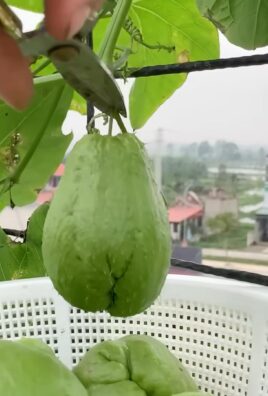
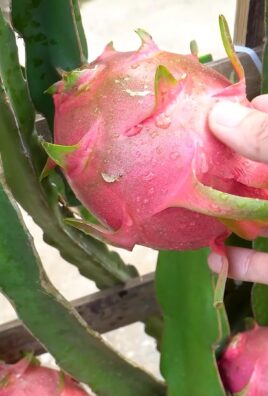
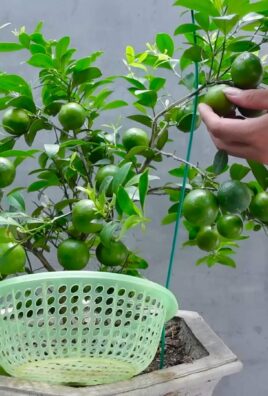
Leave a Comment